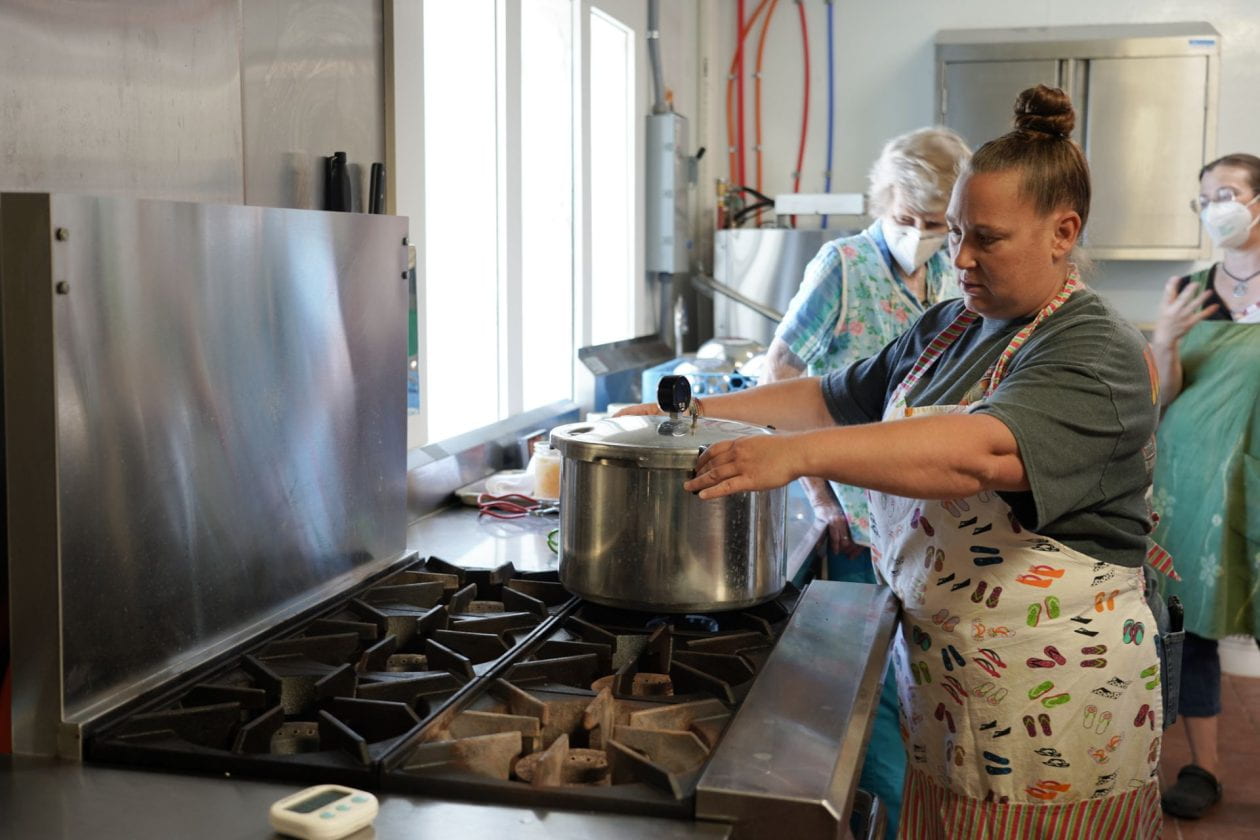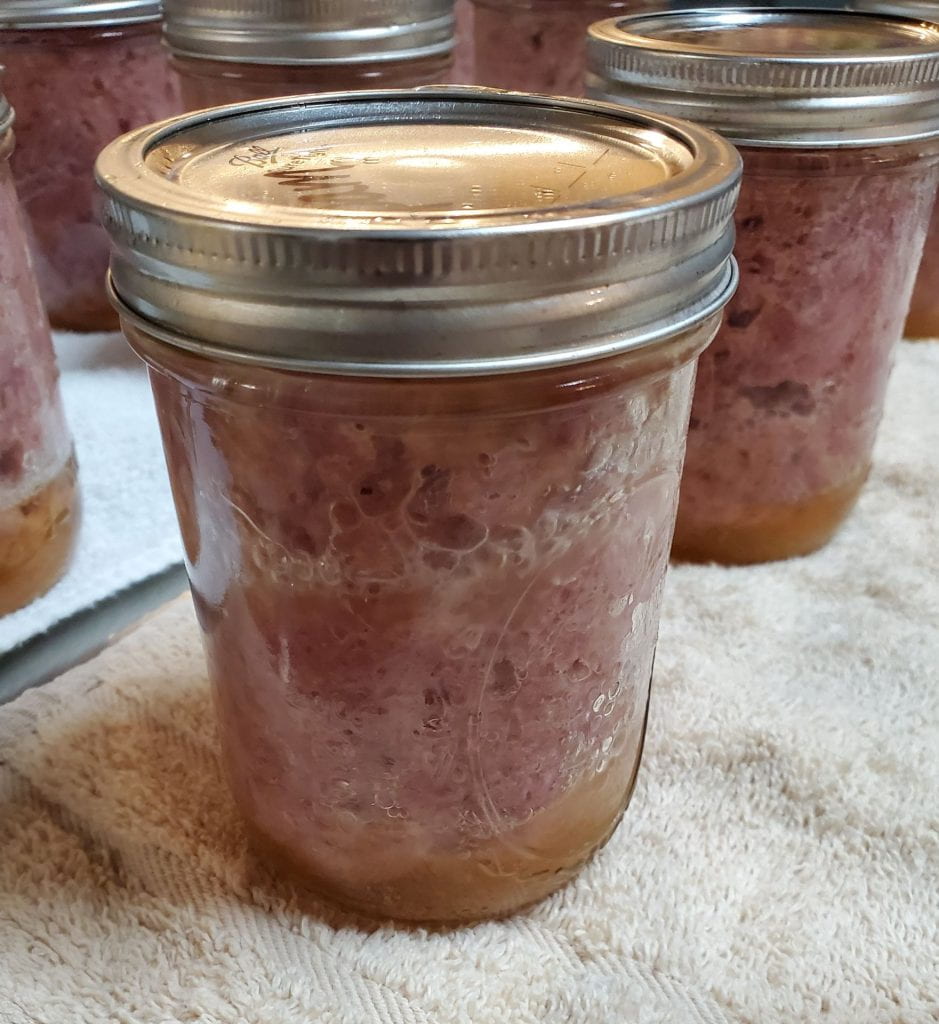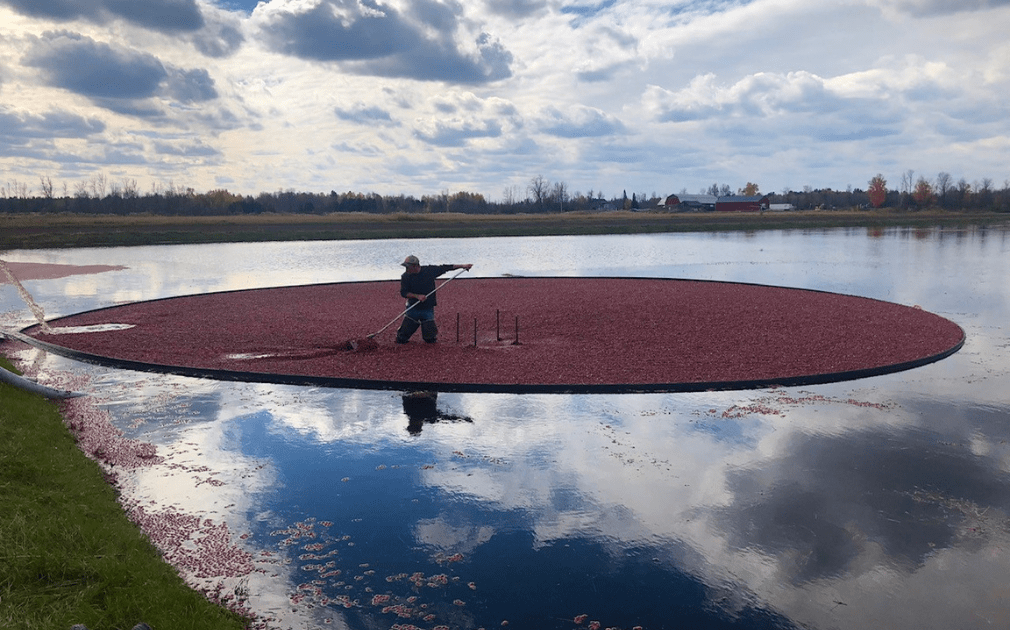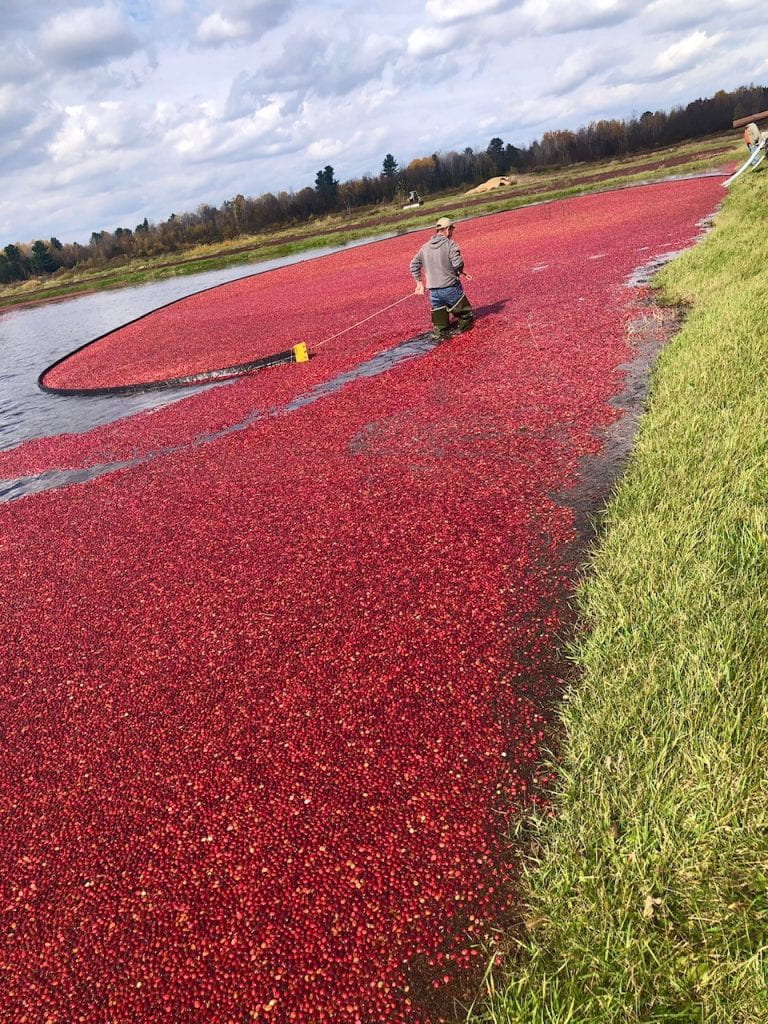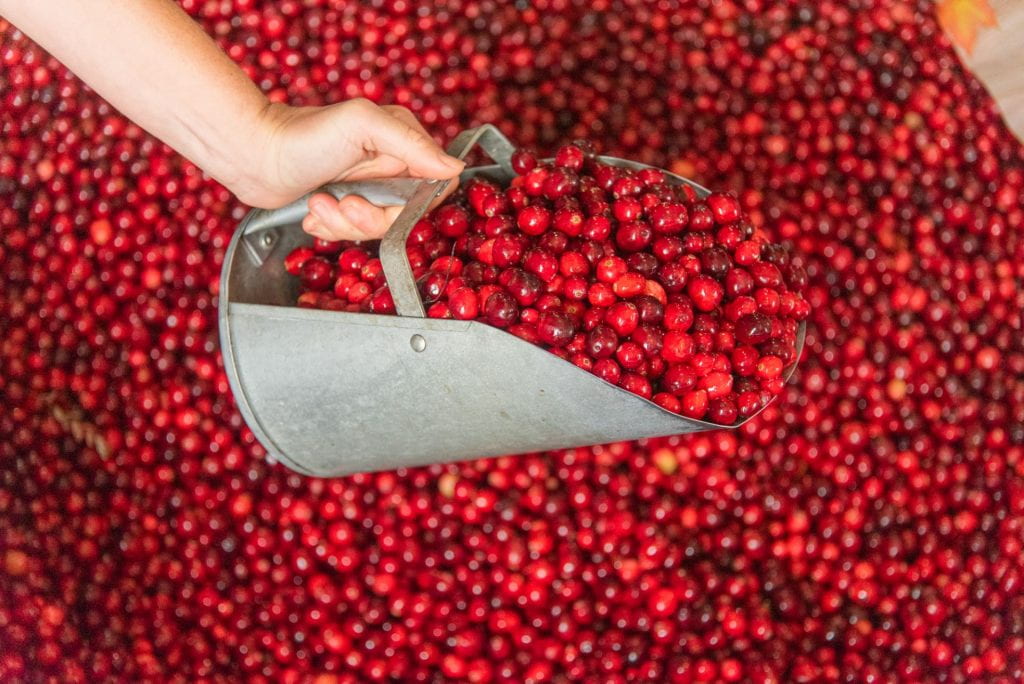Throughout my years of researching and studying food preservation methods—canning, freezing, pickling—I was always lured by dehydrating. I envisioned my pantry shelves filled with jars of efficient, shrunken vegetables just waiting to be resurrected. And seeing photos of stacked trays, all loaded with Martha-Stewart-neat rows of bright fruits and vegetables? Absolutely. And in reality? That IS the reality!
In the first of this two-part blog, I will share my experience in buying a dehydrator; in part two, I will talk about the dehydrating process.
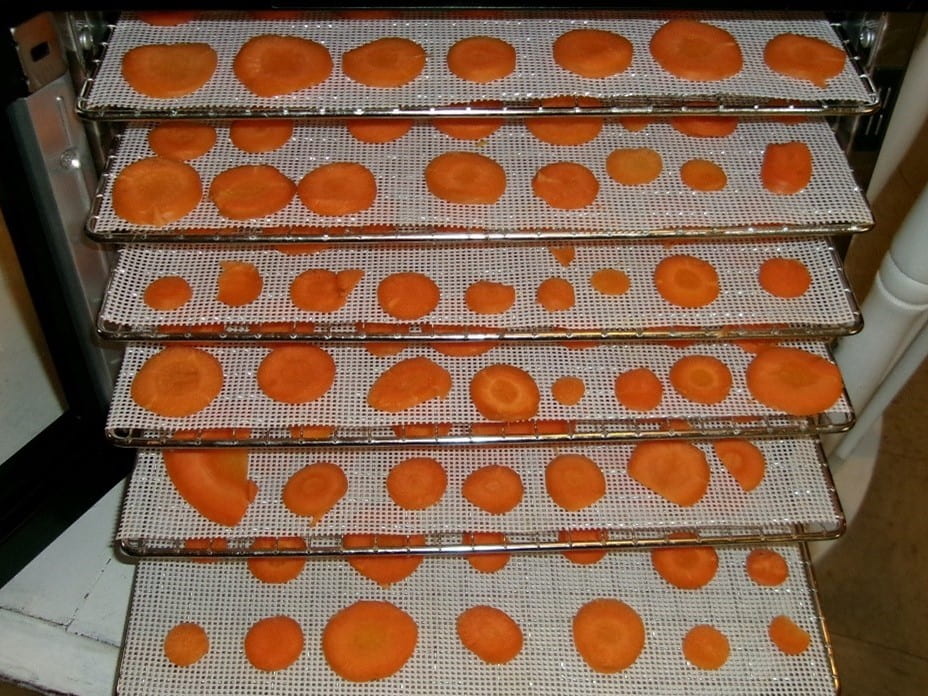
The most important features to me were ease of use, size of the unit, and noise. Both price and capacity were somewhat secondary. Your prioritization of these characteristics may be completely different.
I was convinced from the start that I would buy a top-of-the-line Excalibur dehydrator. I usually buy the best tool I can afford because I don’t want a substandard tool to interfere with my ability to do a job. The more I researched, the more I realized that I probably did not need such a large dehydrator, and it turns out I was right.
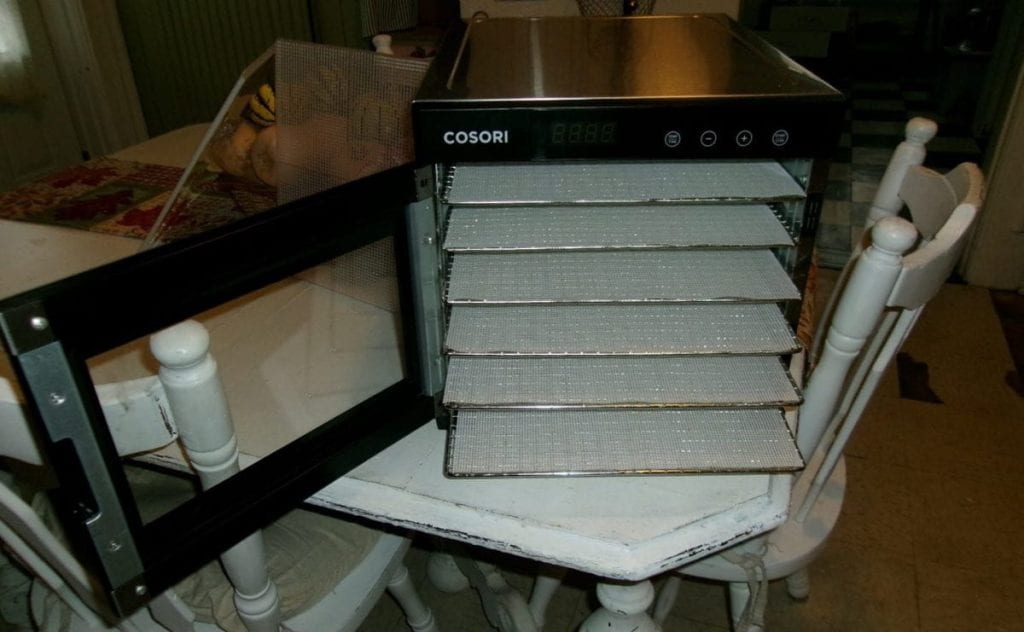
Before I bought one, I spent many hours researching dehydrators. I mostly read articles about what to look for in a dehydrator. I recommend you do the same to figure out what you want/prefer. For example, dehydrators come in different shapes and configurations: Basically, they are either rectangular and look kind of like a microwave with multiple shelves, or they are comprised of a stack of round trays. Most of the round ones have plastic trays but I wanted sturdy stainless-steel trays. Plus, I just didn’t like the round shape—hardly a scientific justification. Read more Adventures in Dehydrating, Part 1

